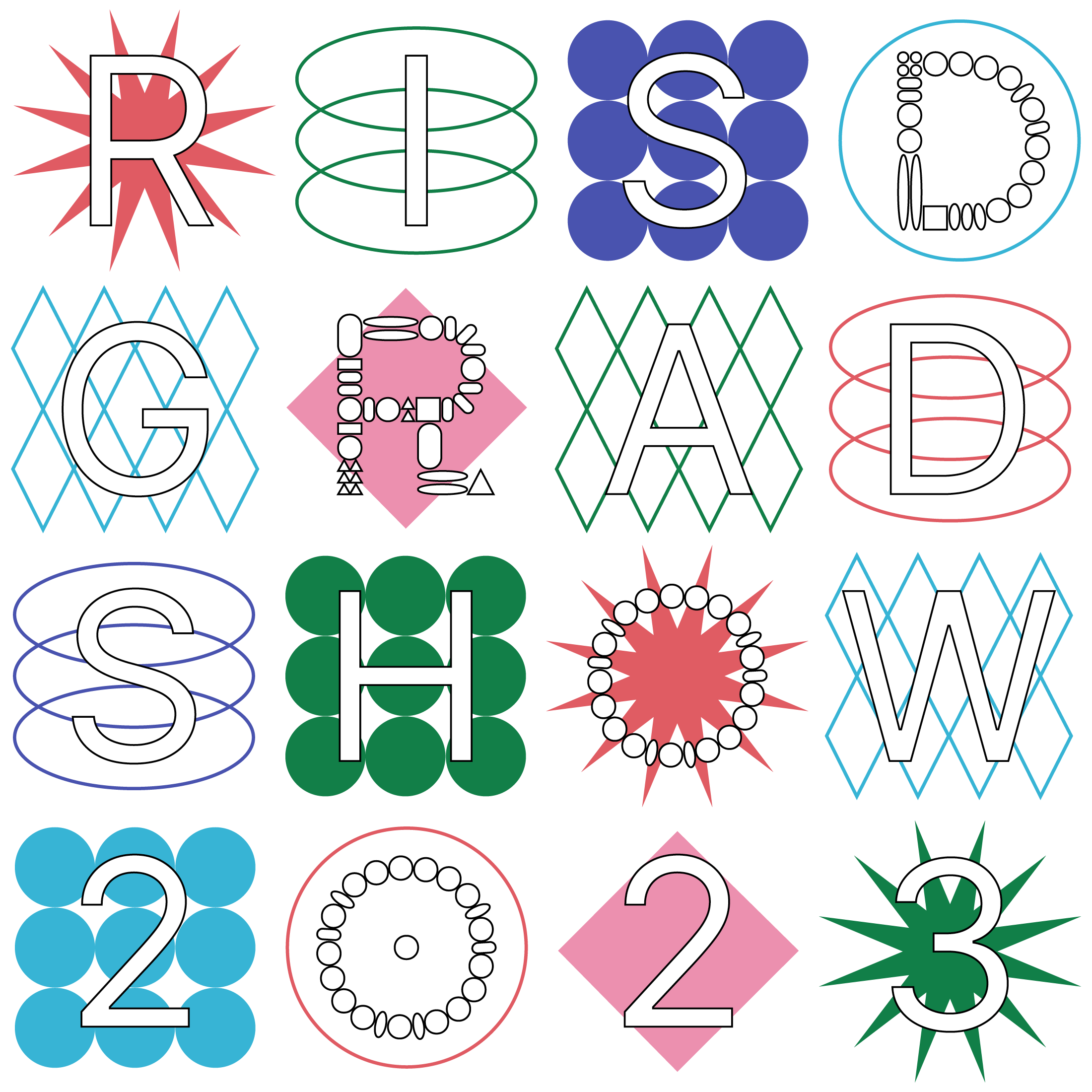CoffeeHouse
A home, crafted for coffee and its artistry
Coffee is a stimulant. The same way sugar is a stimulant, cocaine is a stimulant, and someone trying to open your bathroom stall while you’re on the toilet, is a stimulant. A stimulant makes you alert and gives you a jolt of energy. Where coffee differs, however, is that its history until very recently has been inextricably linked to bringing people together. Whether it was Sufi mystics in Yemen drinking coffee to stay up through the night to participate in congregational prayer, or natural philosophers planting the seeds of the Royal Academy of Science in the coffeehouses of London, coffee has been the nectar of life for communities and the exchange of ideas
Our project aimed to revitalize the communal through line of coffee culture in the face of the isolating and transactional experience of the modern-day coffee shop. The CoffeeHouse puts the brewer at the center of that revitalization for their community.
Team members:
Mingdong Chen
Aalim Rattansi
Image
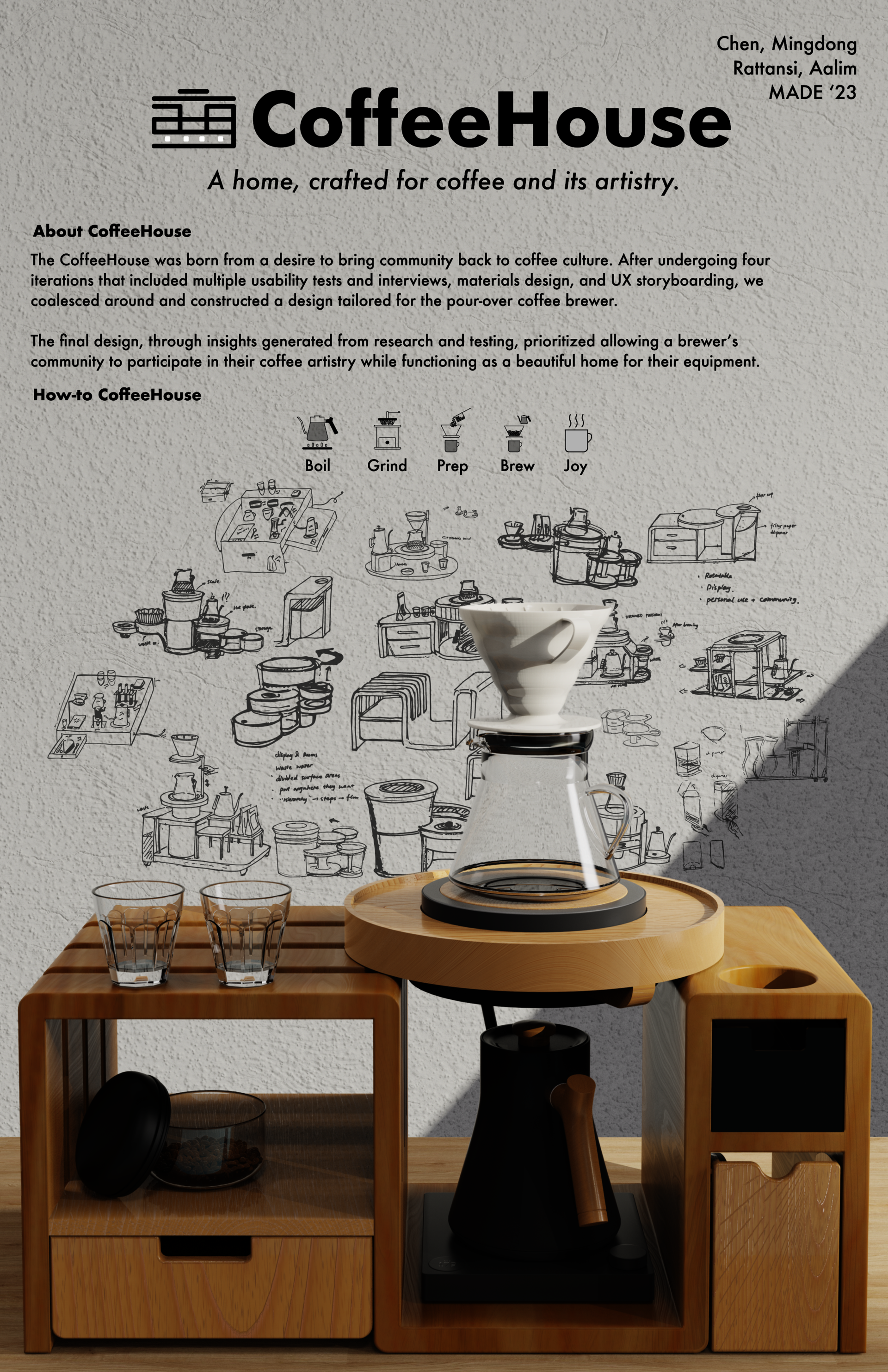
Design Process
Our design process operated on three-week sprint cycles. The first stage of the sprint was where we reviewed insights from the previous sprint’s product testing in order to summarize key elements to include in the next iteration’s design. The second stage of the sprint was a process of divergence and convergence where we independently developed design sketches based on our interpretation of the elements from the testing insights and then came together to evaluate and coalesce around a final design. The third stage was the development and execution of a build plan for that iteration’s prototype. Materials design for UX was not factored into prototyping until the final iteration in order to prioritize rapid prototyping.
The last stage of the sprint cycle was the development of research questions and methodologies for that particular iteration and the execution of testing of the prototype to answer those questions. This included 2-4 think-aloud usability tests and user interviews per iteration, and surveys for quantitative insights. These spring cycles were repeated four times in order to hone our knowledge of the coffee brewer’s UX and ensure that our designs offer a meaningful intervention.
Image
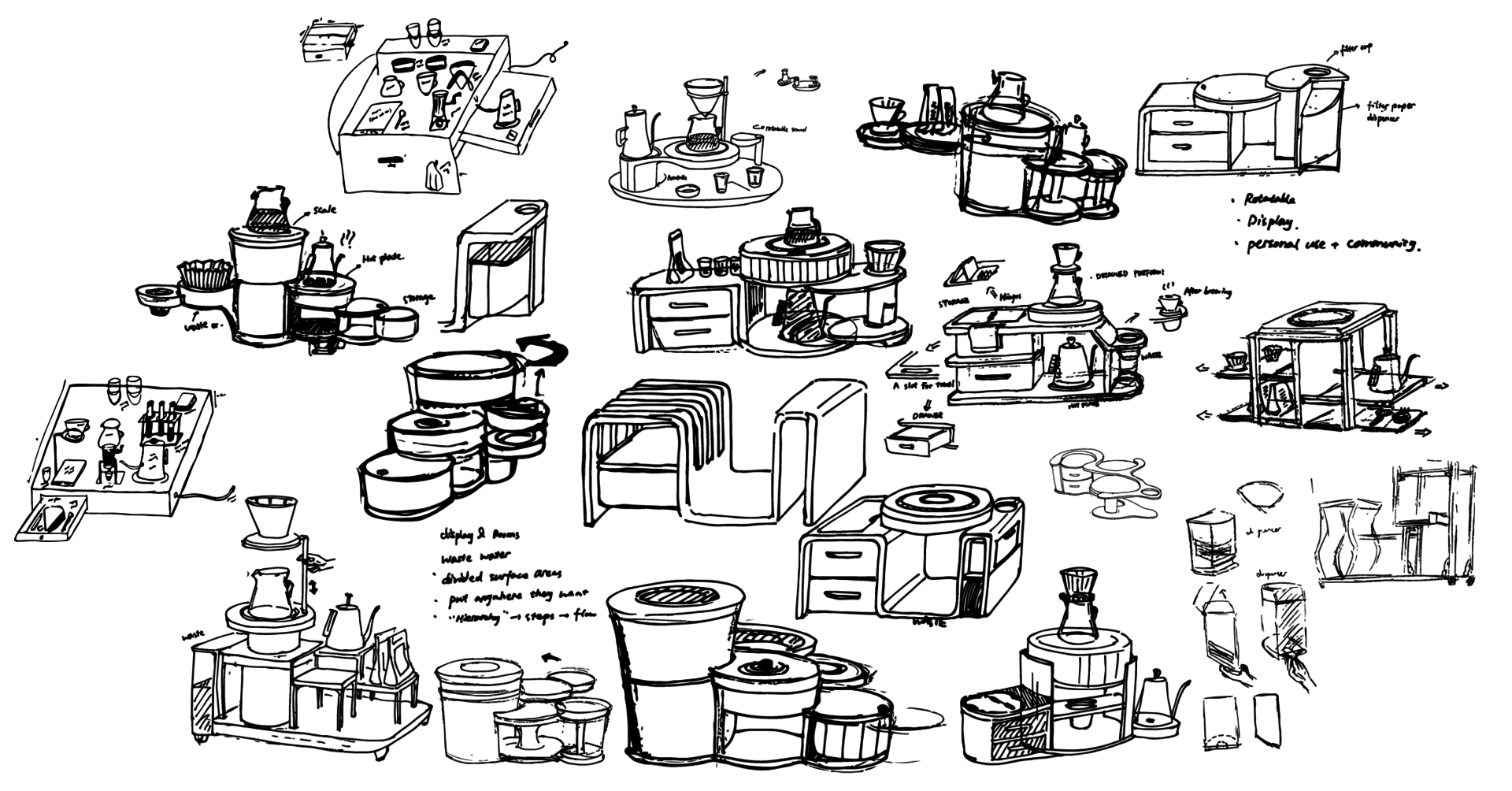
Sketches through the iterations.
Image
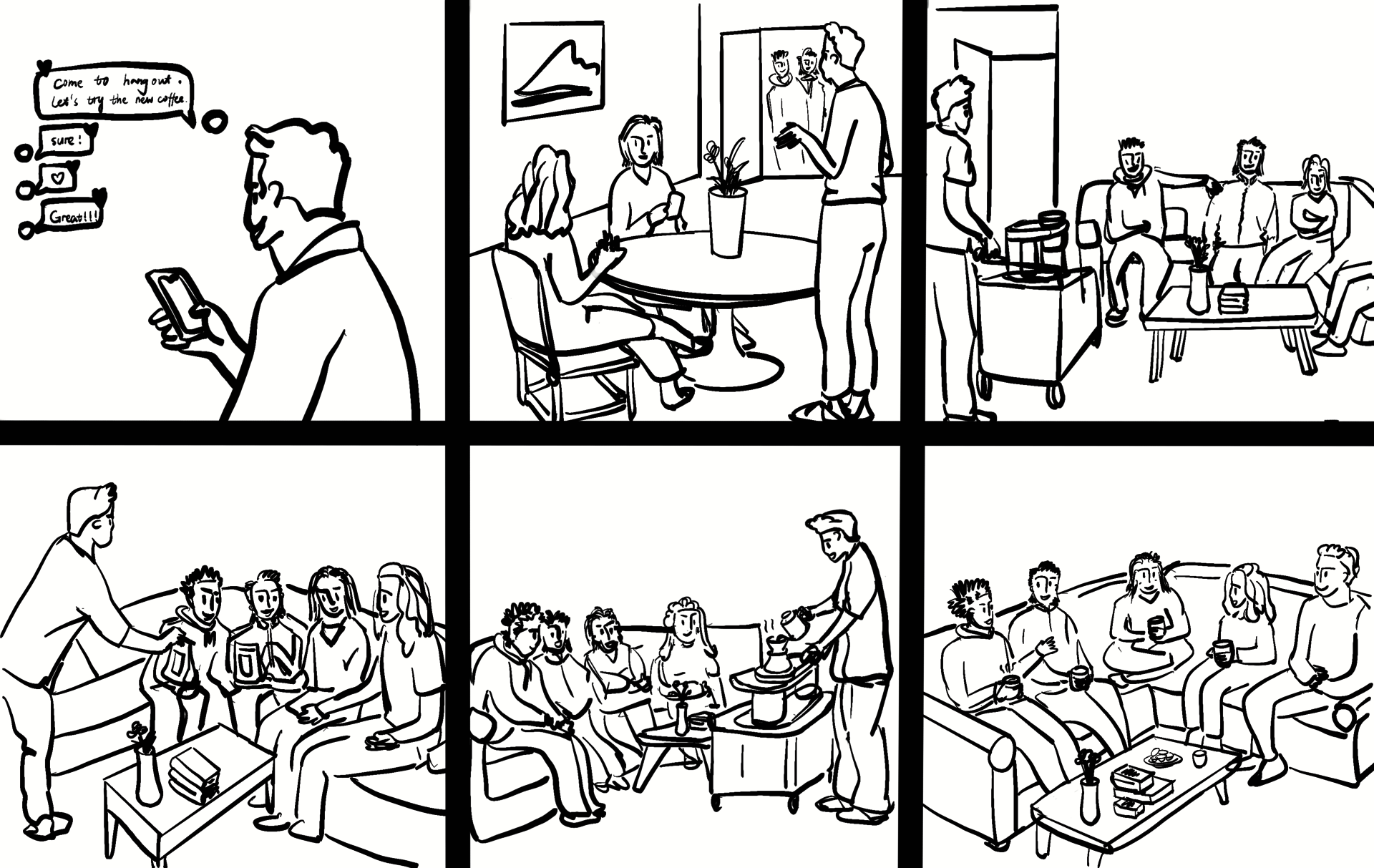
Comic strip depicting the UX of the CoffeeHouse.
Final Product
For our final product, we really wanted to challenge ourselves. Our priority was to have a functional prototype that clearly showed evolution from the first iteration and was also a mark of craftsmanship that was as close to a marketable product as possible. We romanticized the use of hardwoods as the primary material of choice, drawing inspiration from coffee products like the Aram espresso maker as well as mid-century modern furniture design.
After visits to multiple lumber stores, we came together on cherry wood for its texture and color, as well as its functionality for our design. Unfortunately, neither of us had a lot of experience in woodworking. This allowed for a great learning experience where we solicited support from other students and faculty. The outcome of this has been a humbling experience where we were able to produce something that is functional and marketable to coffee brewers.
Image
To the uninitiated, a gratuitous number of clamps.
Image
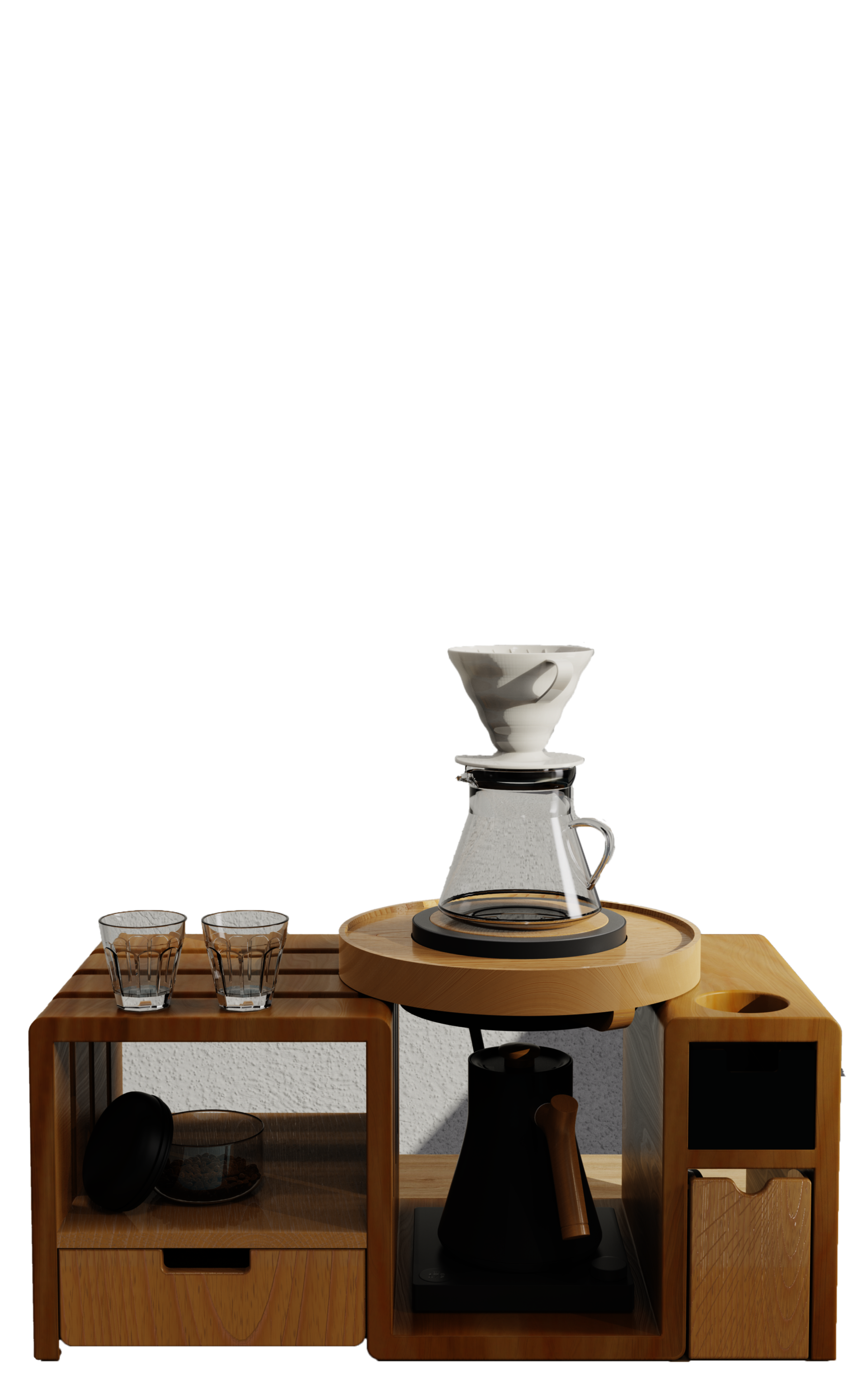
Final rendering of the CoffeeHouse
Image
The CoffeeHouse experience in the park.
Brand Identity
Our main priority in developing our brand identity was to communicate how much of us, as design engineers, was in what we produced. Mingdong was born and raised in the Guangzhou and Shenzhen regions of southern China and is a native speaker of Mandarin. Aalim was born and raised in Toronto, Canada and is an Ismaili Muslim - a sect of Islam that stresses the balance between the physical and spiritual life. As a result, in addition to our love of coffee, we were able to find cultural commonality in our backgrounds’ artistry and exacting of calligraphy and the written word.
As a result, our logo is a combination of the Arabic word for “coffee” in Kufic script and the Mandarin character for “home”. We were able to leverage the linearity of both scripts in order to develop a figure that closely resembles the final form-factor of our CoffeeHouse design.
Image
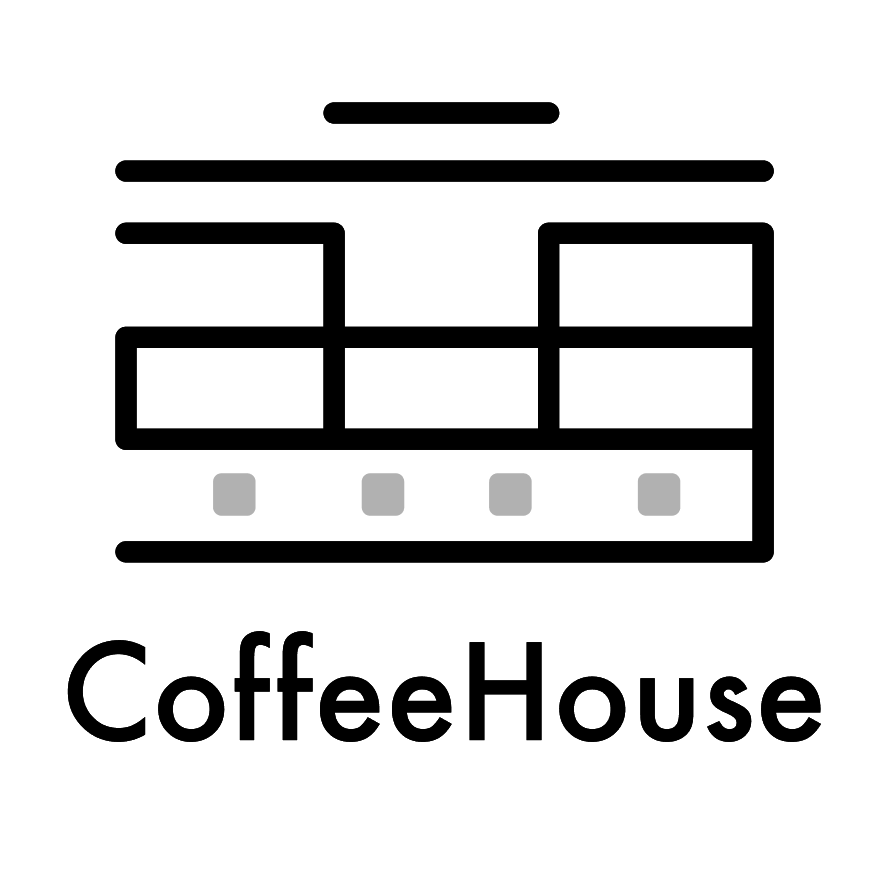
“Qahwah”, Arabic word for “coffee” combined with “Jiā”, Mandarin character for “home”.

